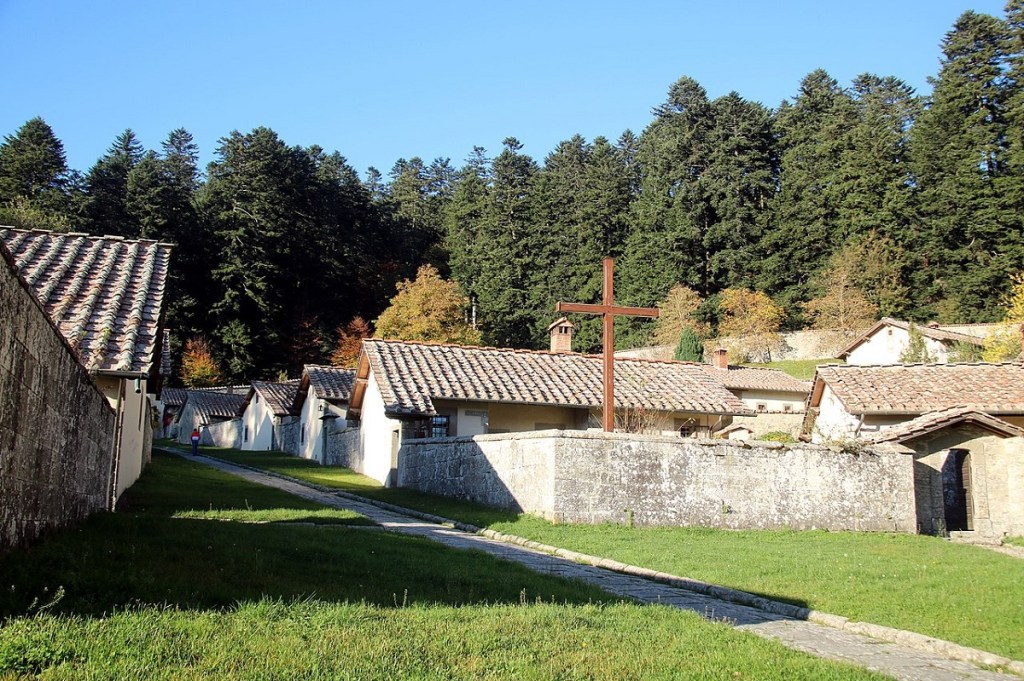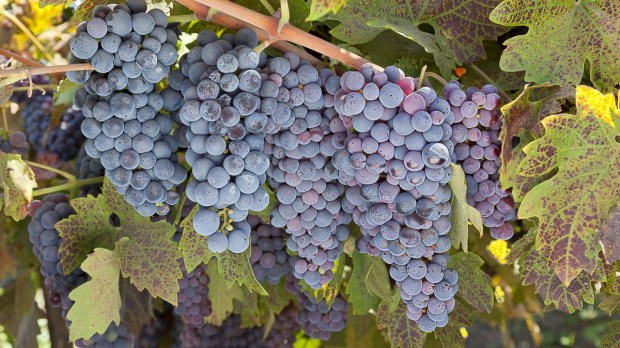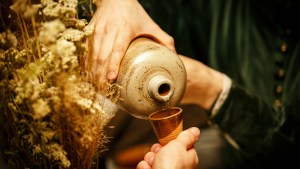September marks the beginning of wine harvesting season in Italy, with thousands of small, medium, and large wine producers getting organized for the culmination of year-long farming efforts. In the region of Tuscany, perhaps the most famous wine producing region in the world, four wineries are carrying on the winemaking tradition started centuries ago by local monks.
Abbey of San Michele Arcangelo
Nestled on top of the Chianti hills, the Abbey of Saint Michael Archangel in Passignano was founded in the 12th century by a congregation of Vallombrosan monks, a sub-order of Benedictine monks who specialized in forestry, winemaking, and farming. For centuries, monks have turned the iconic red grapes of Chianti into a delicious ruby-colored wine mostly destined for the Abbey’s own consumption.
During the 19th century, Napoleon – who then ruled parts of Tuscany – ordered the suppression of all monasteries. The Abbey’s monks moved to a nearby villa and the monastery and its vineyards became property of the government. On October 10, 1986, nearly 200 years later, the monks reappropriated the monastery.
Today, the monastery produces some of the best known bottles of Chianti Classico in the area. In 1987, Antinori, a 600-year-old winemaking company based in Florence, bought the monastery’s vineyards and currently produces one of its best-selling wines, the “Badia a Passignano,” in collaboration with the Abbey’s monks. Each bottle is aged in the Abbey’s 10th-century cellars.
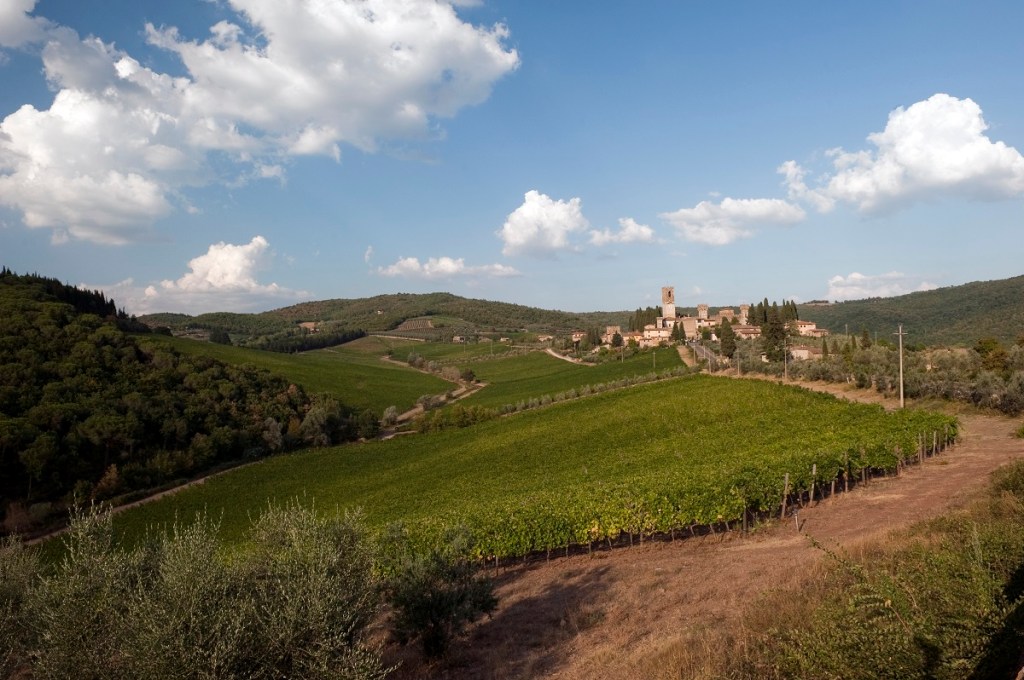
Monastero dei Frati Bianchi
The Monastery of White Friars in Fivizzano, the province of Massa and Carrara, was built during the 7th century. For centuries, the White Friars, a suborder of Benedictine monks who take their name from the color of their tunics, took care of the monastery’s vineyards and orchards.
Grape harvesting usually involved the whole community, with monks working alongside local farmers. Today, the “Monastero dei Frati Bianchi” produces six varieties of wines made exclusively with native grapes.
Abbey of Monte Oliveto Maggiore
Resting atop a hill near Siena, the Abbey of Monte Oliveto Maggiore was founded in the 14th century by Olivetan monks, a subgroup of Benedictine monks. It follows the classic structure of a Benedictine abbey with a church, a main cloister, a refectory, and a library.
The monastery is a treasure trove of artworks, with paintings from Renaissance master Luca Signorelli illustrating different chapters of the life of St. Benedict.
Each September, Olivetan monks harvest grapes from the monastery’s centuries-old vineyards to make a blend of Merlot, Sangiovese, and Cabernet Sauvignon known for its well-roundedness.
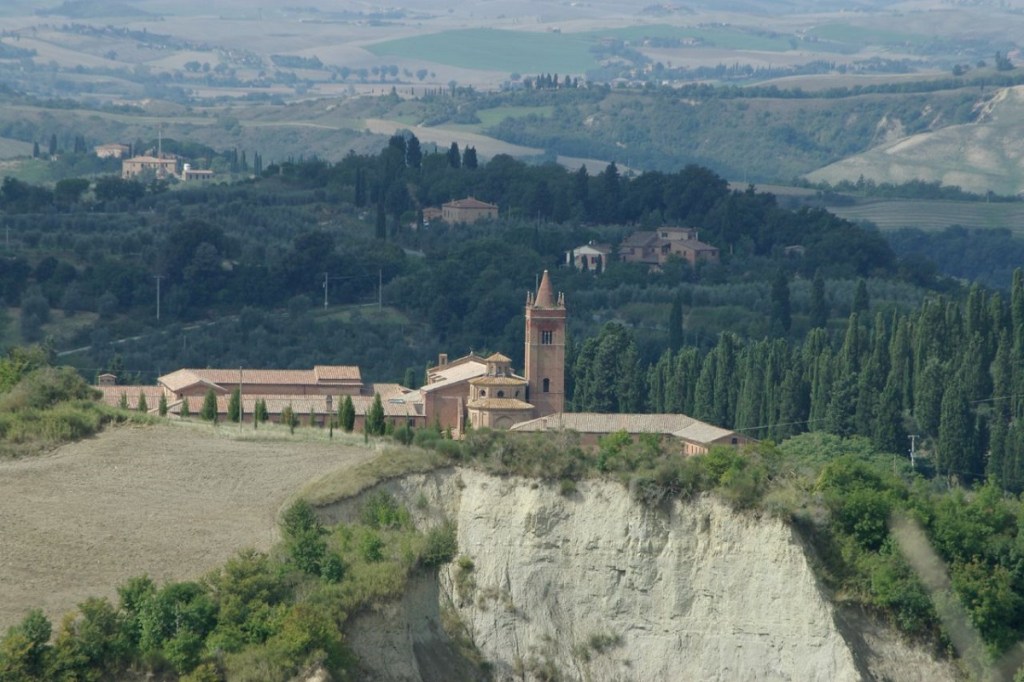
Monastery of Camaldoli
Finally, the Monastery of Camaldoli, located near Arezzo, was founded a thousand years ago by St. Remuald. The monastery is still active and offers a hostel service for lay people who want to spend some time sharing the lifestyle of Benedictine monks, which includes solitary prayer, conviviality, and work.
Winemaking has been one of the main activities of the Camaldoli monks, and according to the official documents kept in the monastery’s library, local wine has been made here since at least 1150. Today, monks still make a blend of Sangioveto, Canaiolo, Malvasia Nera, and Merlot grapes known as Borbotto, which is aged in the monastery’s centuries-old wooden barrels.
Arrangements to stay at the monastery can be made by contacting eremo@camaldoli.it.
